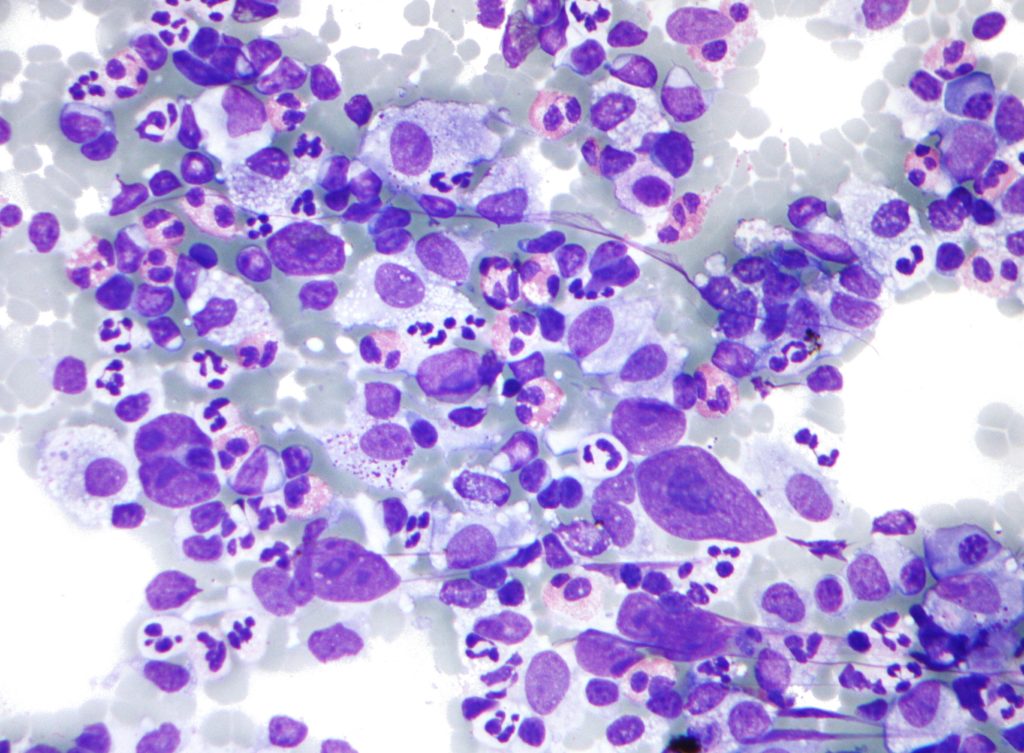Dysregulation of RNA and protein levels, compared to normal tissues, is a consistent molecular feature of all cancers. Behind the causes of these changes, chemical modifications have recently been identified in RNA molecules that would affect their stability, location, or ability to produce proteins.
This is the case of Hodgkin’s lymphoma, which constitutes approximately 25-30% of all lymphomas and, thanks to constant scientific advances, is curable in 85% of cases with the first-line treatment. Unfortunately, there are still 15% of patients who remain unresponsive to therapy and have very poor survival.
Now, in an article published in the journal Blood led by the Josep Carreras Leukemia Research Institute (IJC) and with the participation of researchers from the Catalan Institute of Oncology (ICO) and the Bellvitge Biomedical Research Institute (IDIBELL), scientists point out a biomarker that would allow the identification of cases that will end up developing a more aggressive disease and therefore require special attention.
“We have found that ALKBH3 is capable of regulating the activity of RNA, the intermediate step between the genome and proteins,” explains Dr. Anna Sureda, from the group of Tumors of the Hematopoietic and Lymphoid System of IDIBELL and head of the Clinical Hematology Service of ICO. Furthermore, the results indicate that this regulatory activity is especially important in Hodgkin lymphoma. “Cancer cells of this type of tumor do not express the ALKBH3 gene, which would be increasing their capacity to proliferate and therefore to be more malignant”, Sureda explains.
This discovery opens the door to develop specific treatments for these patients through the replacement of the activity of ALKBH3 or the reactivation of its expression. “Without ALKBH3, cancer cells can modify the microenvironment that surrounds them and eliminate barriers to their growth. That is why it is very important to develop good tumor models, based on lymphomas with this alteration, where new therapeutic strategies can be evaluated”, concludes Dr. Alberto Villanueva, head of the Pharmacological Resistance and Xenografts group of the ProCURE program of IDIBELL and the ICO and collaborator in this study.

